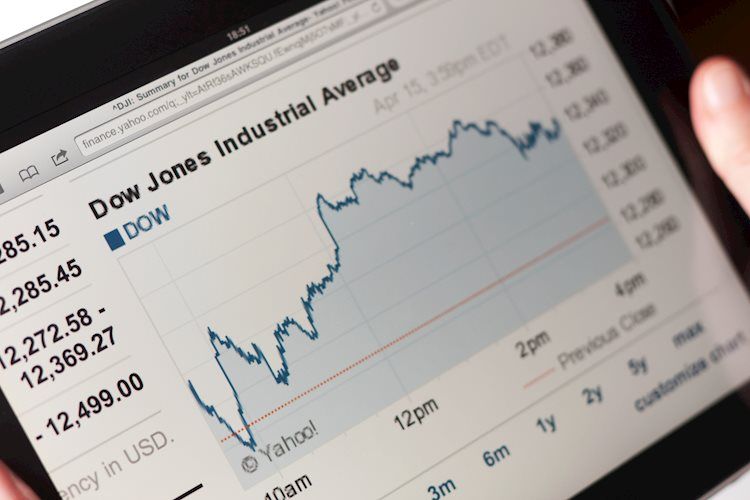The Dow Jones Industrial Average experienced a rough start to the trading week, dropping around 400 points as a result of falling risk appetite due to reduced rate cut expectations and escalating tensions in the Middle East. Expectations for further rate cuts from the Federal Reserve for the remainder of the year have waned, with markets predicting less than 50 bps of cuts. Crude oil prices are on the rise as commodity traders brace for potential conflict between Iran and Israel.
Equities were hit hard at the beginning of the week, with investor hopes for significant rate cuts from the Fed diminishing. According to the CME’s FedWatch Tool, there is now an 80% chance of a 25 bps rate cut in November, with the remaining 20% expecting the Fed to hold steady. In addition to rate cut concerns, markets are also bracing for a potential escalation in tensions between Iran and Israel, with fears that conflict could impact Iran’s Crude Oil industry and drive global energy prices higher.
The Dow Jones news on Monday reflected a risk-off sentiment across the market, with most of the DJIA’s constituent securities closing in the red for the day. Chevron was one of the few stocks to rise as Crude Oil prices climb, while Travelers Companies fell nearly 5% as the biggest loser of the day. Despite this setback, Travelers Companies has seen significant growth over the past year. The Dow Jones price forecast indicates a generally bullish sentiment, though recent sessions have shown a mild pullback.
The Dow Jones Industrial Average is a price-weighted index comprising the 30 most traded stocks in the US and was founded by Charles Dow. Factors that influence the index include company earnings reports, macroeconomic data, interest rates set by the Federal Reserve, inflation, and other metrics that impact Fed decisions. Dow Theory, developed by Charles Dow, is used to identify trends in the stock market and involves comparing the direction of the DJIA and DJTA, as well as volume analysis. Traders can engage with the DJIA through ETFs, futures contracts, Options, and mutual funds.
In conclusion, the Dow Jones Industrial Average faced a turbulent start to the trading week, with factors such as rate cut expectations, Middle East tensions, and overall market sentiment influencing the index’s performance. Investors are closely monitoring developments in these areas, as well as technical indicators, to navigate the current market conditions. Despite recent setbacks, the Dow Jones remains buoyed by a generally positive trend and investor confidence in the market’s resilience.










